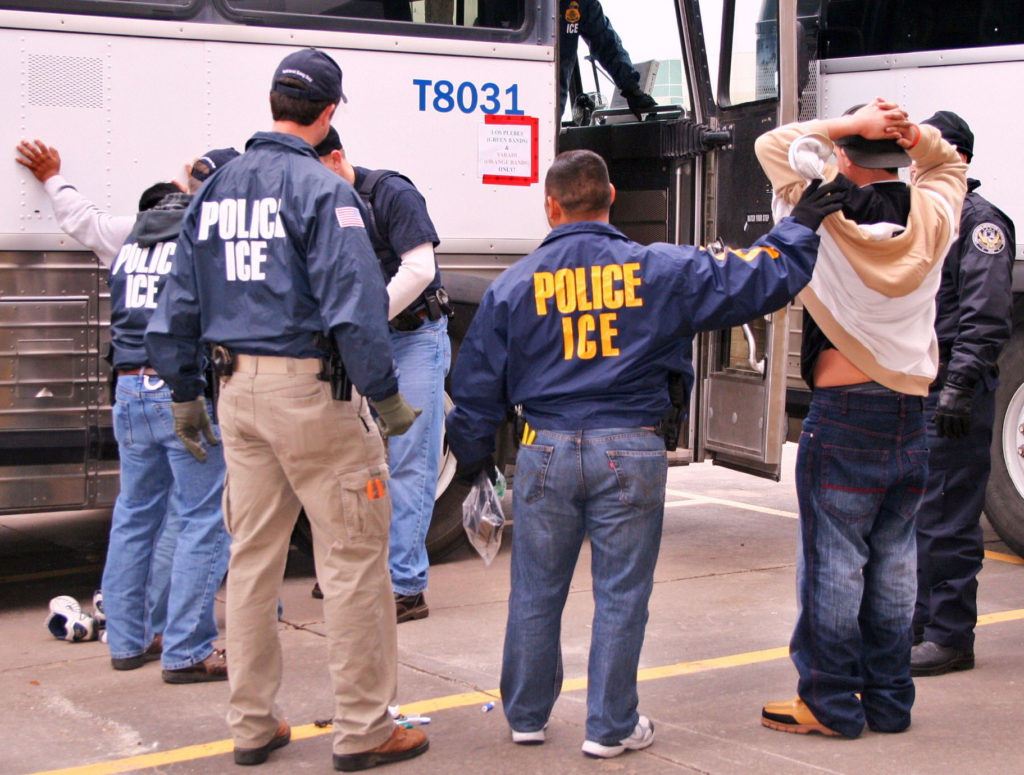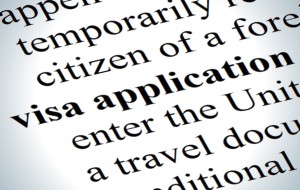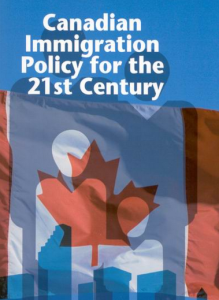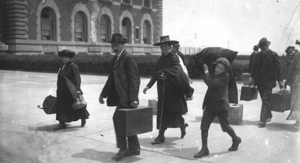 On Wednesday July 6th, Senate Democrats blocked a bill that would have taken away federal grant money from “sanctuary cities.” These cities protect undocumented immigrants from being sent to federal agents for deportation. These cities will continue to operate in this way thanks to the Democratic block.
On Wednesday July 6th, Senate Democrats blocked a bill that would have taken away federal grant money from “sanctuary cities.” These cities protect undocumented immigrants from being sent to federal agents for deportation. These cities will continue to operate in this way thanks to the Democratic block.
Democrats also blocked an immigration-related bill by Senator Ted Cruz. The bill would have increased prison sentences for any undocumented immigrants who repeatedly enter the US without legal permission to do so. The law was dubbed “Kate’s Law.” Senators voted 55 to 42 to advance that bill, but since 60 votes were needed to advance it, the bill was blocked.
As the Senators were voting, the White House issued veto threats. Both of these bills were very similar to legislation that Democrats blocked last year. Some Democrats claimed that Republicans were just bringing these issues up again to give Republican Senator Pat Toomey an issue to fight for in this challenging re-election fight against Katie McGinty, the Democratic challenger.
Republicans said they were trying to save lives with “Kate’s Law.” In fact, the law was named after Kate Steinle, who was killed by an undocumented immigrant from Mexico. The case led to national outrage as it was discovered that the man charged with Steinle’s murder had been deported five times for a number of felonies and was released from a San Francisco County Jail without being turned over to federal immigration authorities.
San Francisco has policies that prohibit keep undocumented immigrants in custody for federal agents unless the agents in question have a court order or warrant. In cities with large immigrant popular, police say that residents will not trust them enough to report crimes if police are seen as immigration agents who will help in their deportation.
Under Toomey’s bill, local governments with sanctuary policies would not have received community development block grants. These grants go toward providing housing to low-income and moderate-income families, creating jobs, and helping communities recover from natural disasters.
Democratic Senator Dick Durbin said that he felt that Senator Toomey was intentionally using this bill as something to to talk about in his re-election campaign, and maybe even in a speech as the Republican National Convention. Harry Reid, a Democratic Senator Minority Leader, said Republicans’ desire to pass this legislation was an attempt to follow Donald trump’s rhetoric in criminalizing immigrants and Latino families.
Reid felt that Toomey’s bill would take away from the local law enforcement’s ability to police their own communities and maintain public safety. It would also deny millions of dollars in community and economic development funding to any areas that refuse to target immigrant families.
For an undocumented immigrant who re-entered the U.S. after being deported or denied admission, Kate’s Law would have increased the maximum prison term from two years to five years. It would have also created a maximum 10-year term in prison for any immigrant who re-entered the U.S. illegally after having been removed three or more times previously.
Reid also felt that the mandatory-minimum sentences enacted by the bill would cost billions of new dollars, take funding from state and local law enforcement, and increase the prison population. He also felt that it would take away from bipartisan efforts to change the nation’s criminal justice system for the better.
Democrats have blocked the bills, thus allowing sanctuary cities to continue getting funding and preventing the prison population from skyrocketing.




 The new immigration policy of the 1920s, the Great Depression, and World War II caused there to be a dramatic decrease in immigration to Canada and the United States. After World War II, legislation allowed refugees and displaced persons from the war to immigrate to the United States and Canada. Both countries’ ideologies began to shift more towards egalitarian ideas such as welfare state and multiculturalism which implemented more tolerance towards people of different races and lead the charge against racial discrimination.[1] During the 1960s, the Civil Rights Movement lead to an increasing interest group for racial acceptance which fostered the new immigration policies implemented by the United States and Canada. (Talk about Great Society coalition of Jews, Catholics and Liberals as described in Mills) It was with these policies in which Canada decided to take a different route than that of the United States’.
The new immigration policy of the 1920s, the Great Depression, and World War II caused there to be a dramatic decrease in immigration to Canada and the United States. After World War II, legislation allowed refugees and displaced persons from the war to immigrate to the United States and Canada. Both countries’ ideologies began to shift more towards egalitarian ideas such as welfare state and multiculturalism which implemented more tolerance towards people of different races and lead the charge against racial discrimination.[1] During the 1960s, the Civil Rights Movement lead to an increasing interest group for racial acceptance which fostered the new immigration policies implemented by the United States and Canada. (Talk about Great Society coalition of Jews, Catholics and Liberals as described in Mills) It was with these policies in which Canada decided to take a different route than that of the United States’. Immigration policy rose in national importance in the 1920s for a couple of reasons. “Economic concerns, nationalism brought about by World War I, and a tilt toward a smaller percentage of new immigrants with English as their native language contributed to moving public sentiment towards restricting immigration”. The emergence of “Eugenics” as a public policy tool in policy circles and Western philosophy also played a role. “Eugenics is the belief in improving the qualities of the human race by preventing the reproduction of people deemed to have genetic defects or undesirable characteristics and/or encouraging increased reproduction by those with supposed desirable inheritable characteristics.” According to Anderson, this widespread belief in eugenics was a decisive factor in creating the restrictive immigration laws in the 1920s. Natives in Canada and the United States were in favor of the status quo of their countries, so they did not want a large amount of immigrants they deemed as “undesirable” tainting their countries national structure.
Immigration policy rose in national importance in the 1920s for a couple of reasons. “Economic concerns, nationalism brought about by World War I, and a tilt toward a smaller percentage of new immigrants with English as their native language contributed to moving public sentiment towards restricting immigration”. The emergence of “Eugenics” as a public policy tool in policy circles and Western philosophy also played a role. “Eugenics is the belief in improving the qualities of the human race by preventing the reproduction of people deemed to have genetic defects or undesirable characteristics and/or encouraging increased reproduction by those with supposed desirable inheritable characteristics.” According to Anderson, this widespread belief in eugenics was a decisive factor in creating the restrictive immigration laws in the 1920s. Natives in Canada and the United States were in favor of the status quo of their countries, so they did not want a large amount of immigrants they deemed as “undesirable” tainting their countries national structure.